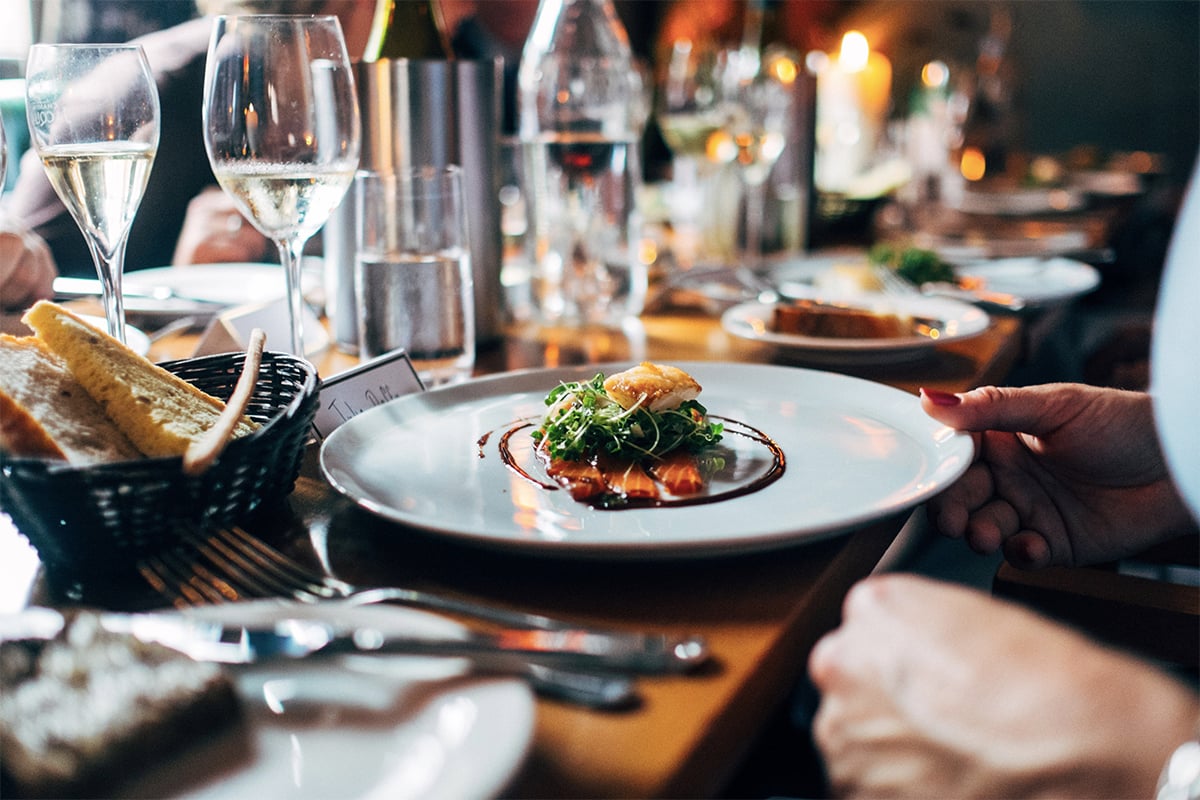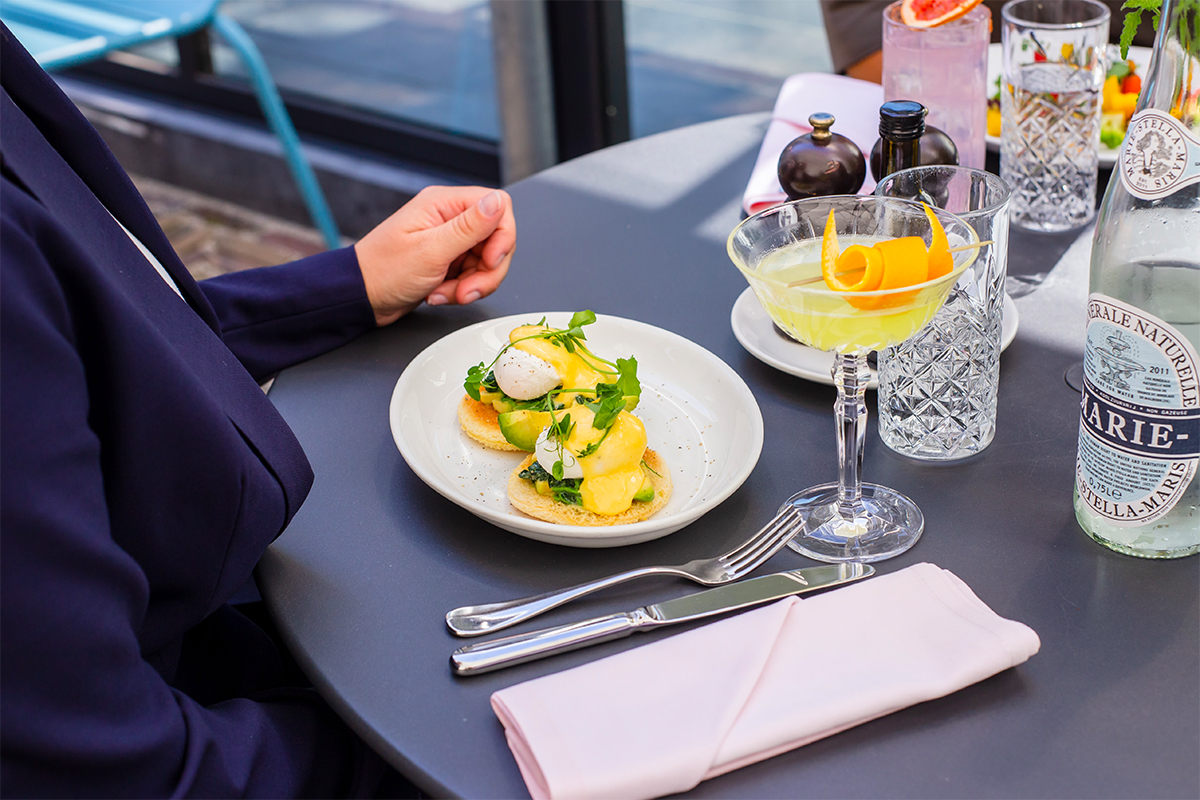As consumers increasingly turn to digital solutions to make payments, mobile wallets and ‘buy now, pay later’ (BNPL) platforms are on the rise since 2017 with BNPL forecasted to account for three per cent of global ecommerce spend by 2023.
While cash, card and digital bank transfers are gradually losing their appeal, BNPL is anticipated to grow exponentially by 181 per cent in 2024 according to The Global Payments Report by Worldpay, a global leader in payment processing. Swedes are already embracing BNPL above all other payment forms, with a survey showing that in 2020, 84 per cent of respondents used Klarna.
For conscious spenders, the thought of ‘doing without’ doesn’t even have to cross their minds with evenly distributed interest-free instalment payments, and for merchants BNPL offers the opportunity to easily expand their customer base, capturing millennials and gen Zers in particular, who are natives to these platforms. Better yet, providers don’t have to tap into their marketing budgets to appeal to a greater demographic.
The caveat to all this is that the fees charged to merchants for every transaction are generally higher than for credit card usage. For instance, Afterpay collects 30 cents from every payment made. However, if a business is able to absorb these costs, the benefit of diversifying its customer base with potentially increased or, better still, higher value sales outweighs this.

If customers accidentally slip into the danger zone by missing a payment by the due date, this fact is recorded in their credit history and emphasises the value of reading the fine print.
“There are usually significant penalties for any missed payments. The late payment fees and monthly interest on outstanding can be anywhere between 1.5 per cent to as high as three per cent, which can easily get you in a debt trap,” says Prashant Joshi, Co-Founder and Partner, Fintrust Advisors.
The main players that dominate the restaurant app market focus on food delivery, making a reservation and discounted takeaway meals to name a few, but there is one app that is keeping restaurant staff employed while ensuring food connoisseurs are enjoying a vast array of cuisines and not having to bear the burden of a hefty price tag to conclude a memorable evening.
“By unlocking the BNPL offering within the restaurant space, we hope Payo can be a part of the rebuild solution by driving increased traffic into restaurants.” – Taf Chiwanza
Unlike its competitors, Payo successfully marries the traditional dine out experience with BNPL technology so that customers can split their bill between four equal interest-free payments. For restaurateurs, the app is like a breath of fresh air considering the impacts of the COVID-19 lockdowns and is the first of its kind to offer a BNPL platform to benefit both eager diners and restaurants eager to reopen their doors.
“The set-up was fast and easy and, operationally, it lives with everything else we use. Our average order value for Payo users is 60 per cent higher,” reports Mariyam Tajudeen, Owner of St. James Crabhouse.
Since launching in Brisbane, Australia, in March 2021 the fintech app’s top 20 partners have similarly reported an increase of 50 per cent in average order amount. With the app now available to customers in Sydney and Melbourne, the trend for BNPL payment options across other sectors is likely to follow suit.
“The industry has been through a rough time with restaurant closures and simultaneously, a drop in discretionary spending. By unlocking the BNPL offering within the restaurant space, we hope Payo can be a part of the rebuild solution by driving increased traffic into restaurants,” explains Taf Chiwanza, Co-founder and CEO of Payo.
Popular dining out apps

OpenTable
With more than 100 million reviews, this app has offices spread across the globe from Mexico and the US to the UK and India, driven by the purpose to connect diners with restaurants. With every dining experience is the opportunity of collecting points that translate to saving money. With more than 60,000 restaurants to choose from, this app serves a global audience for making your next reservation wherever you happen to be stationed.
Zomato
Launched in 2010 by Deepinder Goyal and Pankaj Chaddah Zomato easily connects customers with participating cafes and restaurants, providing a useful overview and offering three main services to customers, including food order and delivery in addition to helping businesses with brand visibility. It guarantees an additional marketing platform for restaurateurs and a discovery site for food explorers across 24 countries in more than 10,000 cities.
Dineout
Established in 2012 in New Delhi and snapped up in 2014 by India’s leading digital products company Times Internet, the platform is available to customers in 20 cities spread throughout India. With access to discounted meals with a 20 per cent cashback option and restaurant deals to choose from, this app provides benefits to regular users and more serious diners, who decide to invest in a Dineout Passport.
In contrast to Payo, Dineout introduced contactless takeaway to support the interests of both the public and food businesses in response to the COVID-19 pandemic.
Read Next: Mary Barra shares her winning solution to battling climate change





